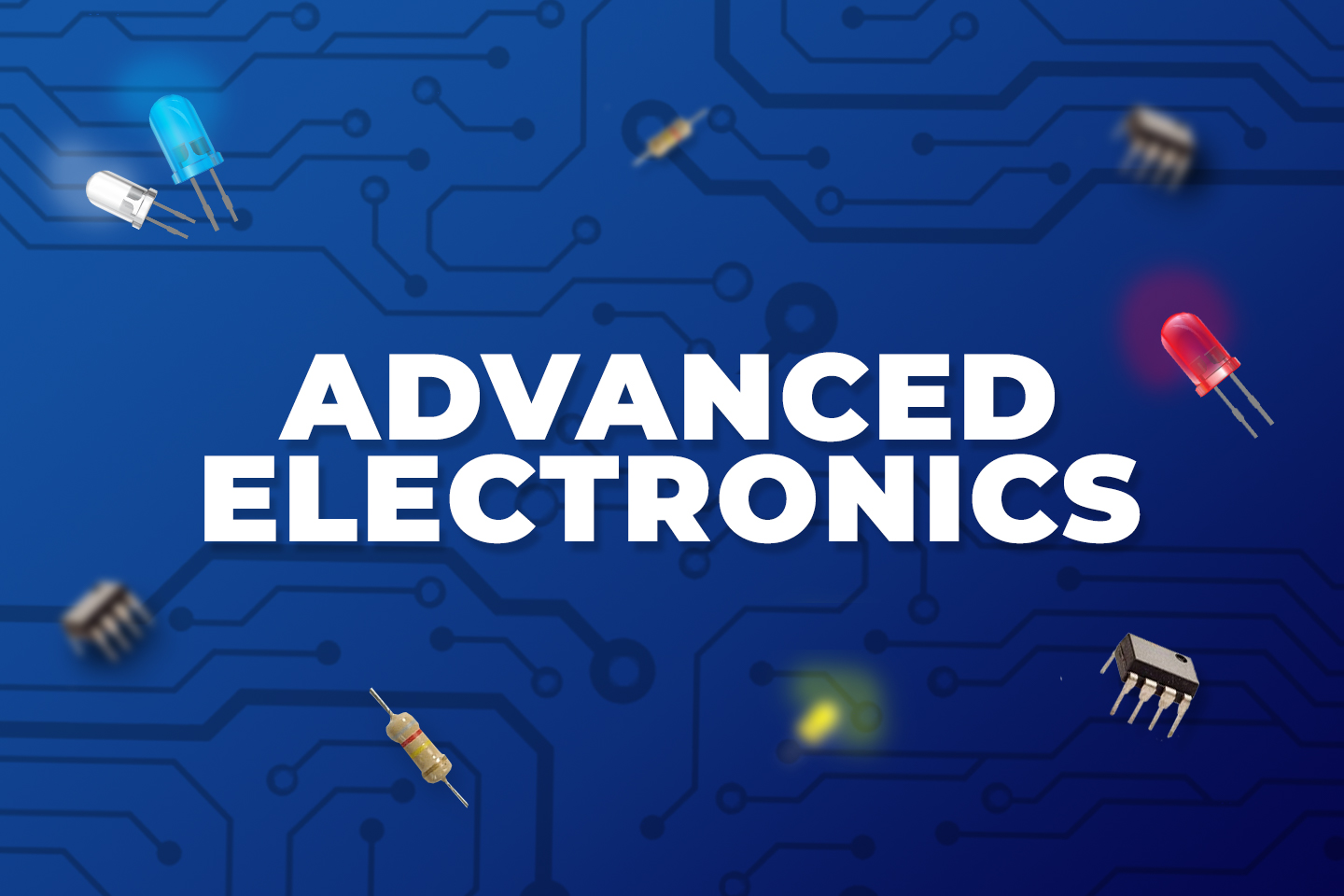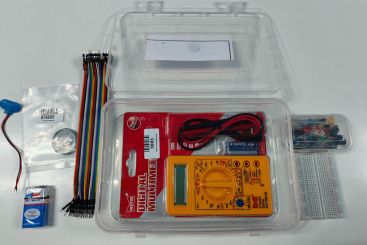1668A, 14th Main Rd, Sector 7, HSR Layout, Bengaluru, Karnataka 560102
+91 99459 30733 (9am - 6pm IST, Saturday - Sunday) (10am - 7pm IST, Tuesday - Friday)

Have you ever wondered how expansive the world of robotics truly is? Robotics encompasses three core components: Electronics, Mechanical, and Programming. Our Robotics Classes for Kids delve into the exciting realm of electronics through hands-on activities and interactive circuit-building. Students begin by mastering essential concepts such as voltage, current, resistance, and capacitance. This course moves beyond theoretical knowledge, engaging students in practical experiments that reinforce their understanding and inspire innovative problem-solving.
Designed to provide a comprehensive foundation in electronic circuit design and construction, this course also introduces students to a list of electronic components used in real-life robotics applications. By integrating theory with hands-on practice, students will develop creative solutions and acquire valuable skills applicable to real-world robotics scenarios. For more details, refer to the curriculum, which outlines the course content and specific learning outcomes.
Laptop or Desktop Required: students are required to have access to a laptop or desktop computer equipped with a functioning microphone and camera.
Learning Mode: The course is conducted through live instructor-led sessions, ensuring personalized guidance and interaction.
No Distractions: To maximize learning, it’s essential for students to engage in the classes without distractions.
Upon Completion of the Course, Students Will Have:
